Reverse osmosis (RO) is fast becoming the filtration method of choice for a wide range of businesses. It’s capable of pre-treating feed water while improving the life expectancy of your downstream systems. It eliminates sodium and lead at an impressively reduced energy cost and is remarkably easy to maintain. It can be used to pre-treat water before deionisation, making it ideal for pharmaceutical, cosmetic, and microchip manufacturing.
Topics: Reverse Osmosis
You can invest in the perfect reverse osmosis (RO) system and still achieve inferior results. RO plants must be correctly installed and maintained to ensure peak performance. Your membrane can only filter impurities well if its surface is clean, and your utility bills can only remain low if your permeate flow to feed flow ratio is efficient. It’s pointless to choose a sparkling premium product if all other aspects of your system are badly designed. Here are a few mistakes to avoid.
Topics: Reverse Osmosis
Water sounds pure, but can be nasty stuff. An exciting cocktail of chemicals, pesticides, and bacteria drop into every glass poured. One of the familiar – and most toxic – components is heavy metal. This can lead to many health and safety problems.
Topics: Reverse Osmosis, Remove Copper From Water
The purity of your water doesn’t only affect the quality of your end product, but also the longevity of your equipment. Your water purification strategy influences how many expensive reagents your plant uses so, while your method can become complex and expensive, it may save you money over the long term. Your highest goal is to achieve 100% pure water. Reverse osmosis and twin bed deionisation are the go-to techniques for achieving that. Both methods are budget-friendly and can be combined with an extra filtration method if needed, but which should you choose?
Topics: Reverse Osmosis, Deionised Water System
Why It Is So Important To Properly Maintain Your Reverse Osmosis System
Installing a reverse osmosis water purification system is integral to the production processes of many companies. With such a system being of vital importance and often central to production, it is sensible to spend time and money caring for it with regular maintenance in order to optimize performance and prolong equipment life.
Topics: Reverse Osmosis, Commercial RO System
How Much Does It Cost To Maintain A Reverse Osmosis System?
Reverse osmosis (RO) water purifying systems have become an integral part of numerous production processes in many industries. From oven chips to microchips, reverse osmosis water systems are now an essential ingredient.
Topics: Reverse Osmosis, Commercial RO System
Which Commercial Application Is Reverse Osmosis Right For?
Reverse Osmosis (RO) is the most widely used industrial water purification process. Even though some water wastage is unavoidable, the simplicity and impressive output have made RO systems the choice of numerous companies.
Topics: Reverse Osmosis, Commercial RO System
The Biggest Mistakes Made In The Installation & Operation Of Reverse Osmosis
As the saying goes, any RO plant is only as good as the pre treatment feeding it.
Feed Water
When installing a Reverse Osmosis plant it is important that a full survey is completed of the feed water quality and the operating conditions of the proposed plant. In installing a Reverse Osmosis plant four key factors should focussed on to establish good RO performance.
Topics: Reverse Osmosis
Reverse osmosis (RO) is one of the most common water purification methods currently available. It uses a special membrane which filters out numerous organic and mineral compounds. Reverse osmosis can be used on its own or in combination with other water purification methods, such as deionisation.
Topics: Reverse Osmosis, Commercial RO System
Another bespoke plug & play skid-mounted Labstar RO system from Wychwood Water Systems about to be dispatched.
Topics: Reverse Osmosis






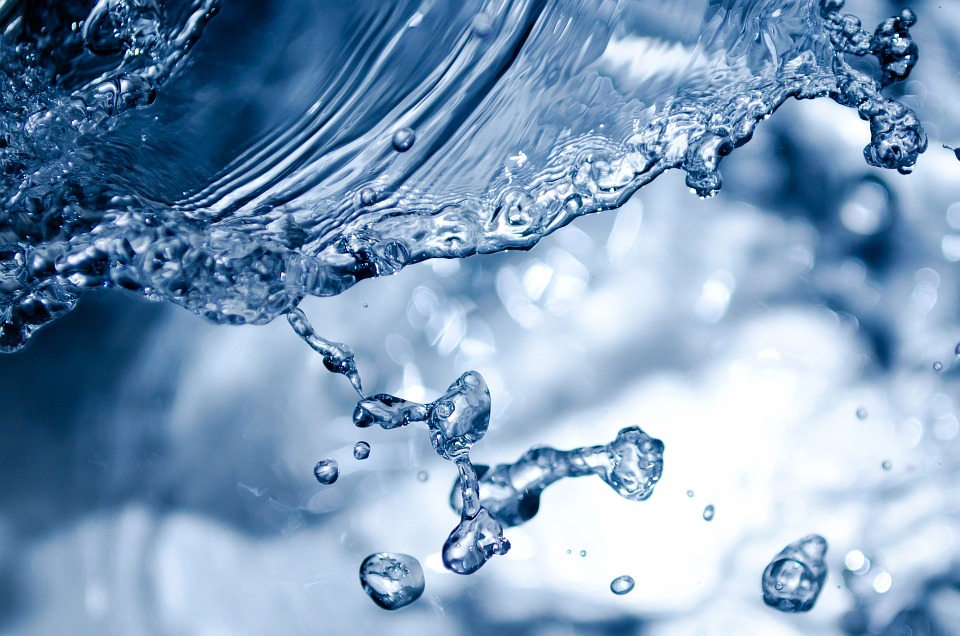
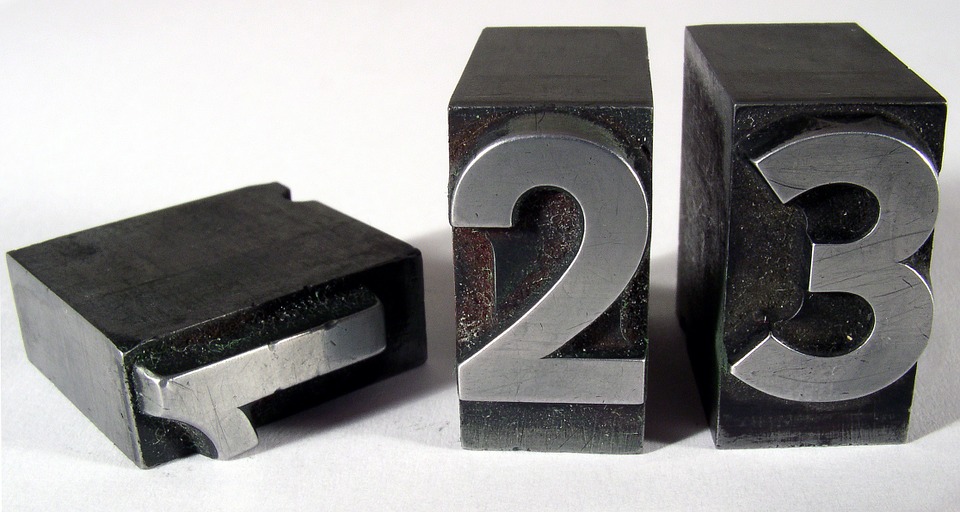
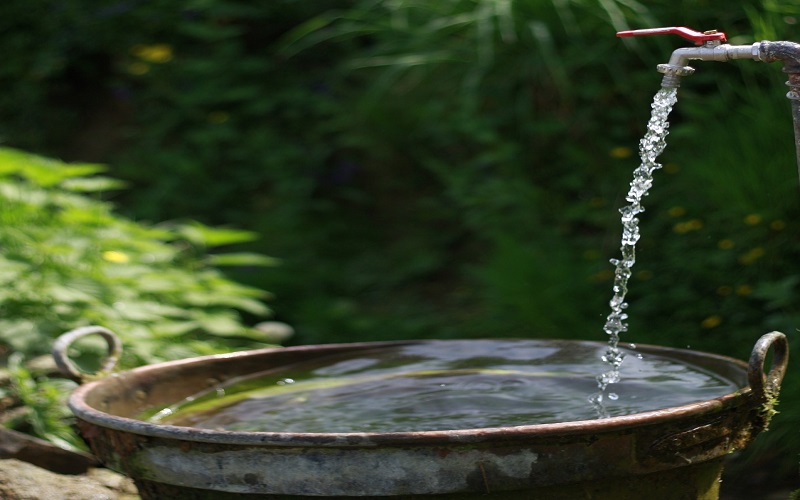

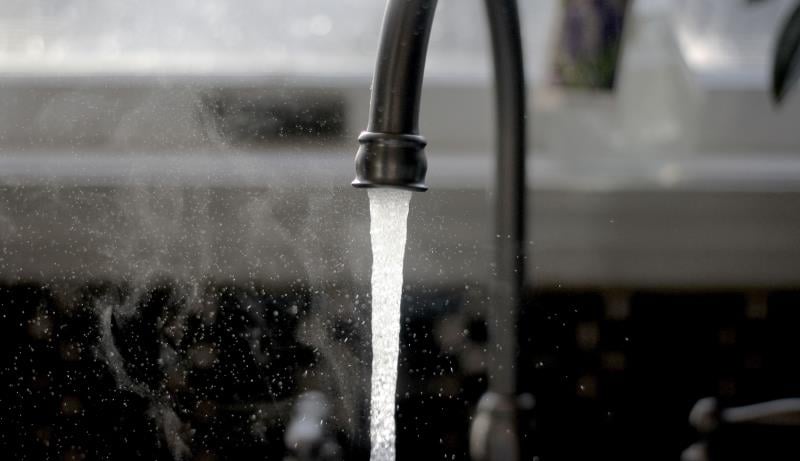
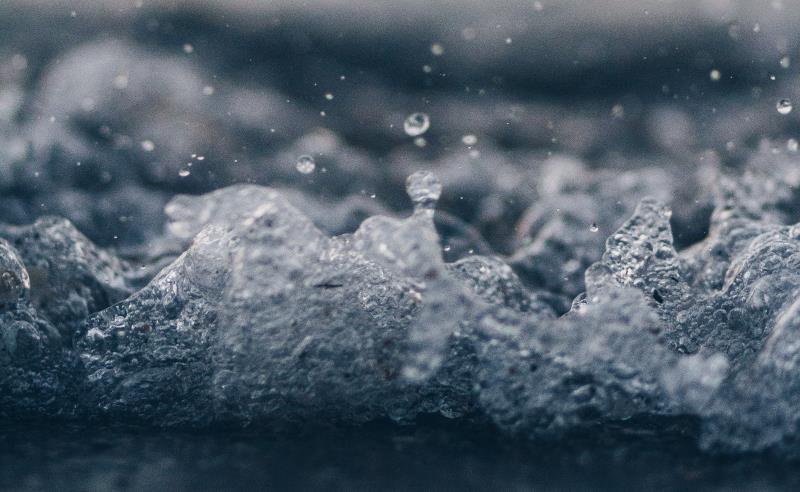
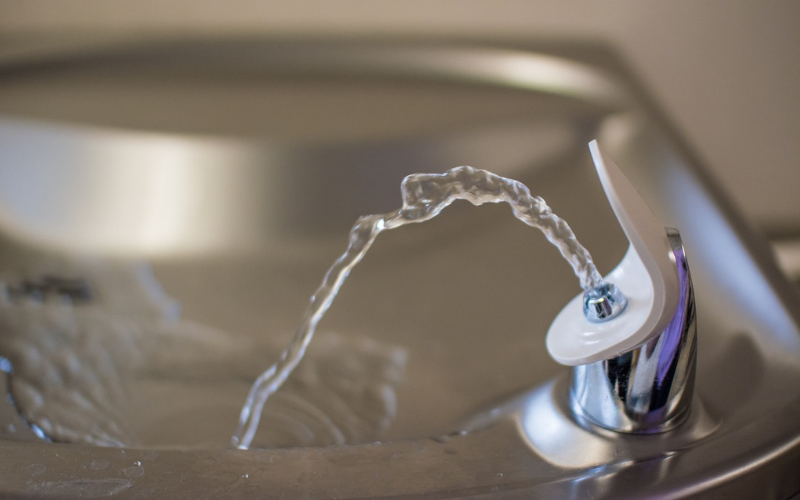
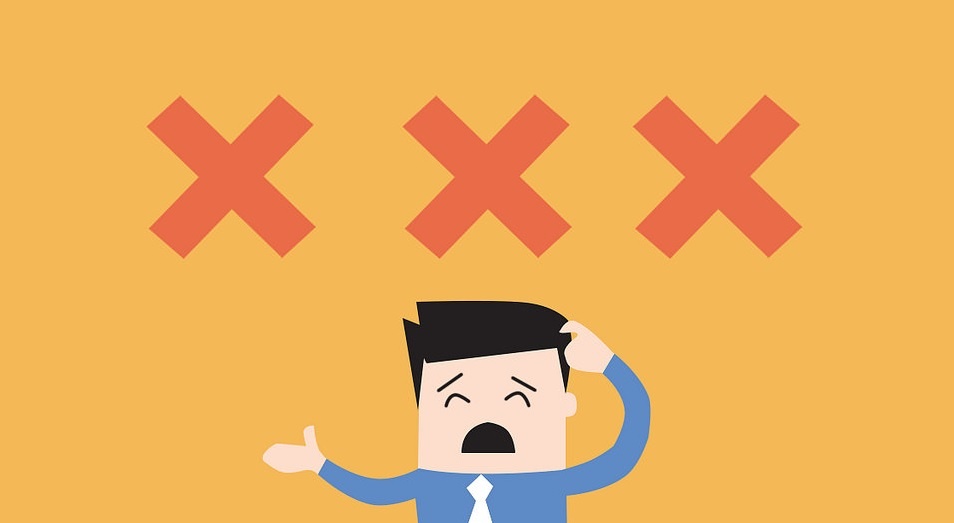
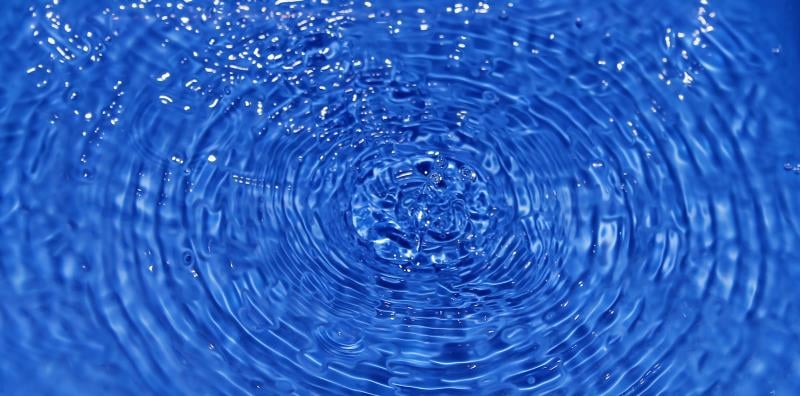
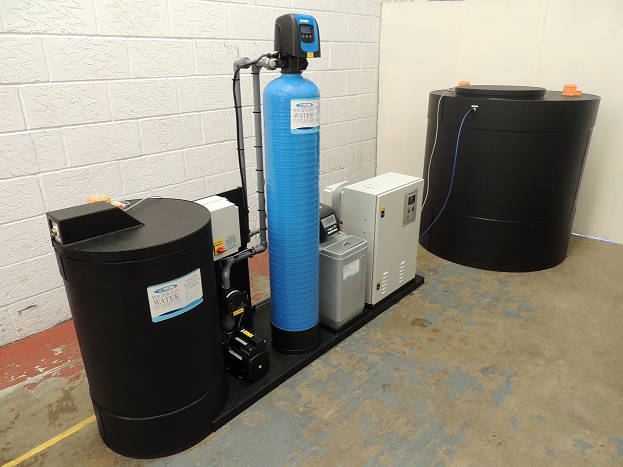
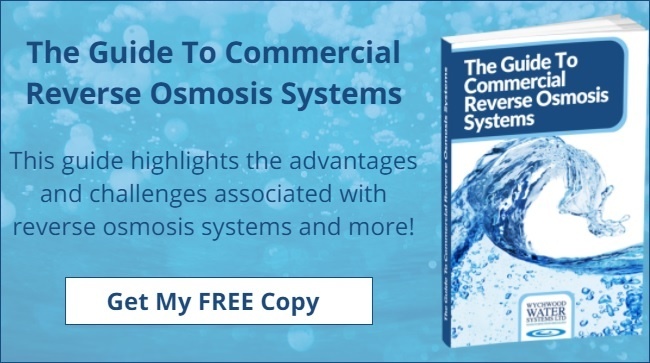

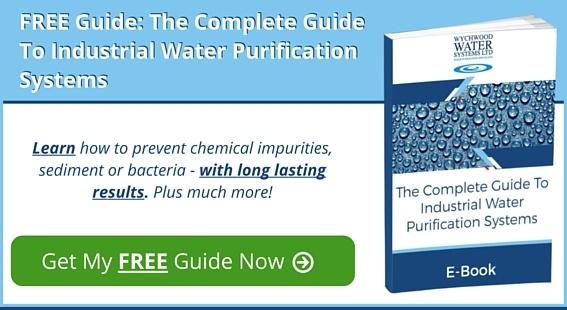
 We are a specialist independent company involved in water purification and water treatment technologies
We are a specialist independent company involved in water purification and water treatment technologies


